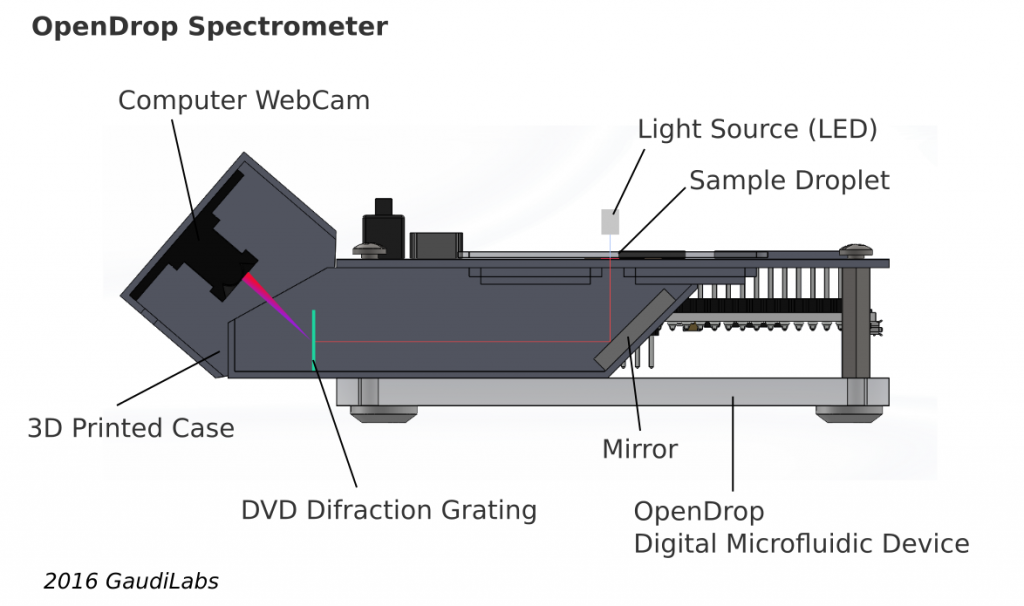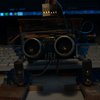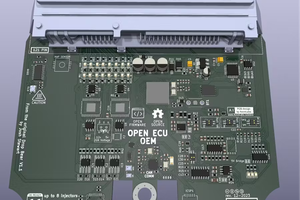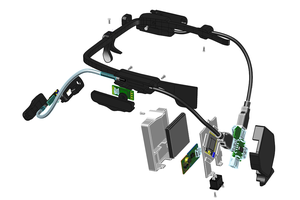OpenDrop is an early open hardware device to proof the concept and bring the technology into peoples hands. The microfluidic array of 8x16 gold coated electrodes is designed to be manufactured on standard printed circuit board technology. A carrier system developed for the devices provides a super hydrophobic surface on which the droplets of liquid move though electrostatic forces without any mechanical parts. The driving voltage of up to 250VDC is generated on the device. The experiments are controlled though an embedded arduino micro and visualized on an OLED display. A working prototype is demonstrated on video.
Main collaborators include Urs Gaudenz, GaudiLabs / Rüdiger Trojok and Mirela Alistar, BioFlux / Digi.Bio, Bengt Sjölén, Critical Engineering.
Researchers from various institutions are interested in the open development.
Nathan Saichek from the human micro-biome project is looking into streamlining their pipeline with the technology. Luis Ruben Soenksen, PhD student at Massachusetts Institute of Technology (MIT) built a device to run experiments on multi-organ on chip interaction.
In our vision, we want to advance from automated biology to digital biology:
- fully integrated, running all the tasks on the same machine
- easy to use, with a web-based software for biological design of new experiments
- be linked to publicly available biodata
- general-purpose, allowing easy reconfiguration and design of new experiments
- cheap, offering open-source and do-it-yourself assembly kits
The OpenDrop project is free hardware, shared under an open source hardware license and all source available on http://www.gaudi.ch/OpenDrop
 info
info



 Miguel Tomas
Miguel Tomas

 Makeroni Labs
Makeroni Labs
What an interesting project! It's been a while since you've posted any updates; I'd love to hear about your progress.